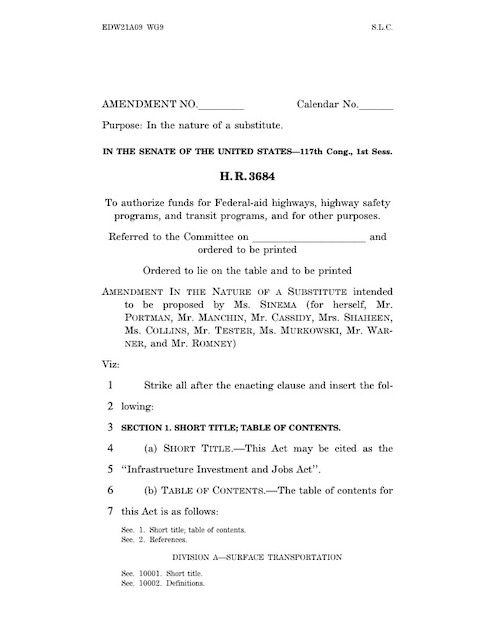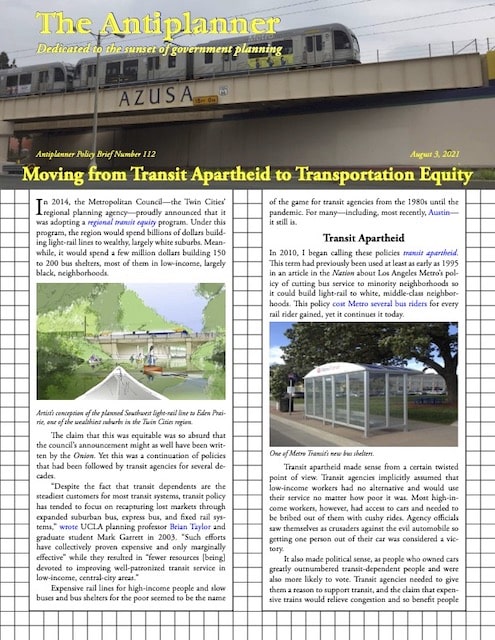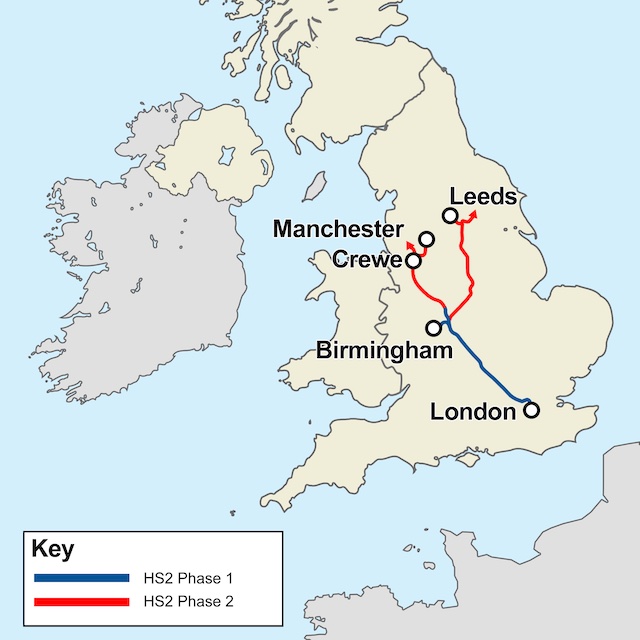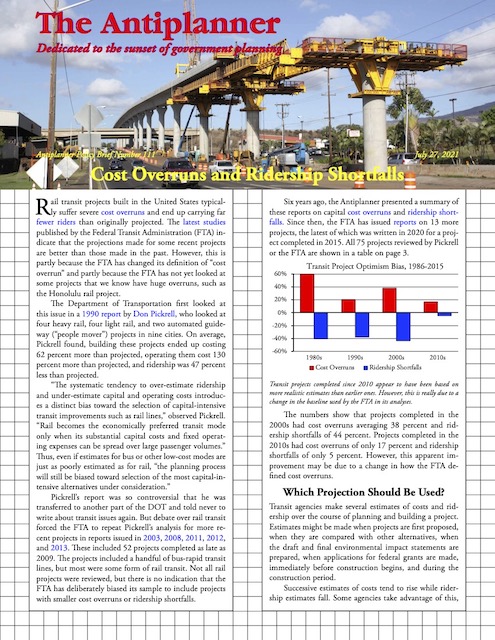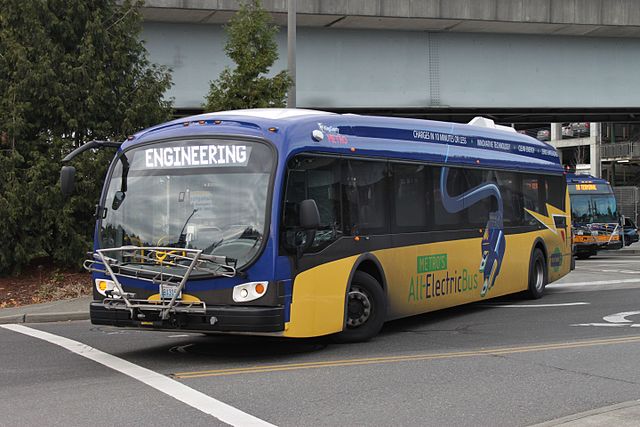The House-approved INVEST Act included a provision requiring states to insure that all existing roads were in a state-of-good-repair before building new roads. I called that a “poison pill” because it poisoned the idea of using federal funds to promote mobility. This is especially true because Amtrak and transit have far more severe maintenance backlogs than highways, yet the bill included no similar provisions for those modes.
Click image to download a 4.0-MB PDF of this bill.
I’ve read through the 2,702-page Senate infrastructure bill and the good news is that it doesn’t include the same fix-it-first provision for highways as the House bill. However, it does have several mobility poisons of its own. Continue reading

